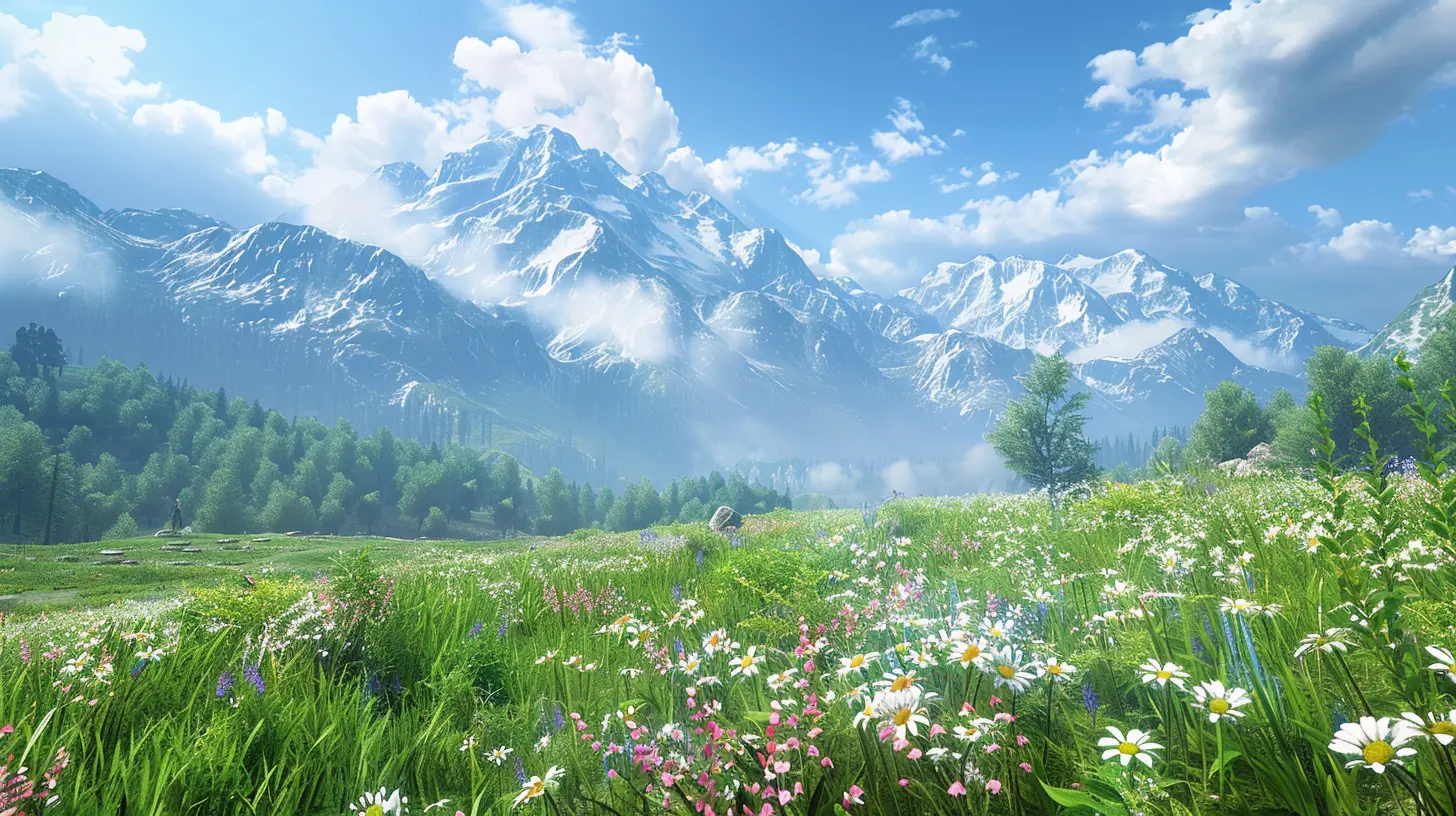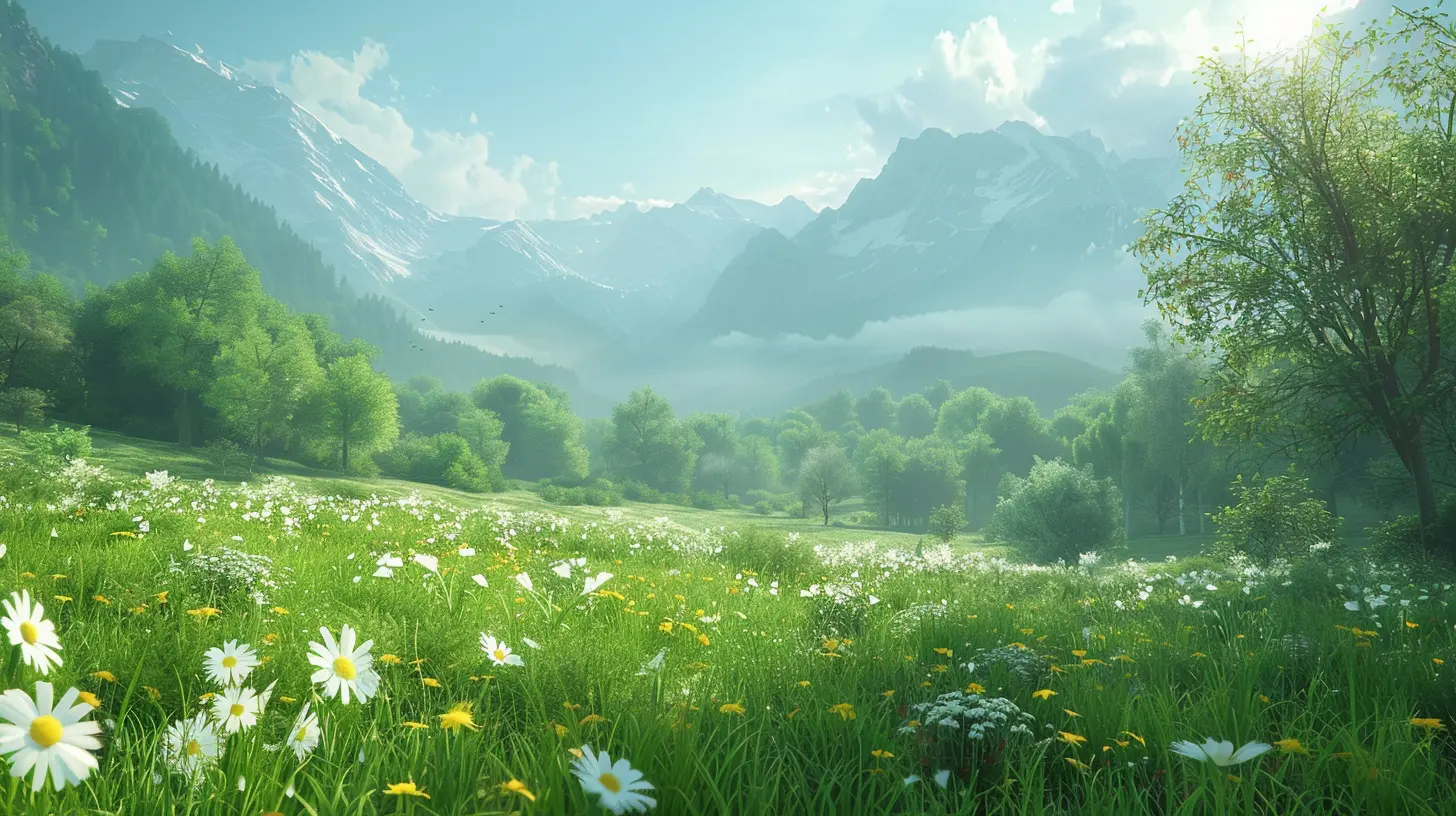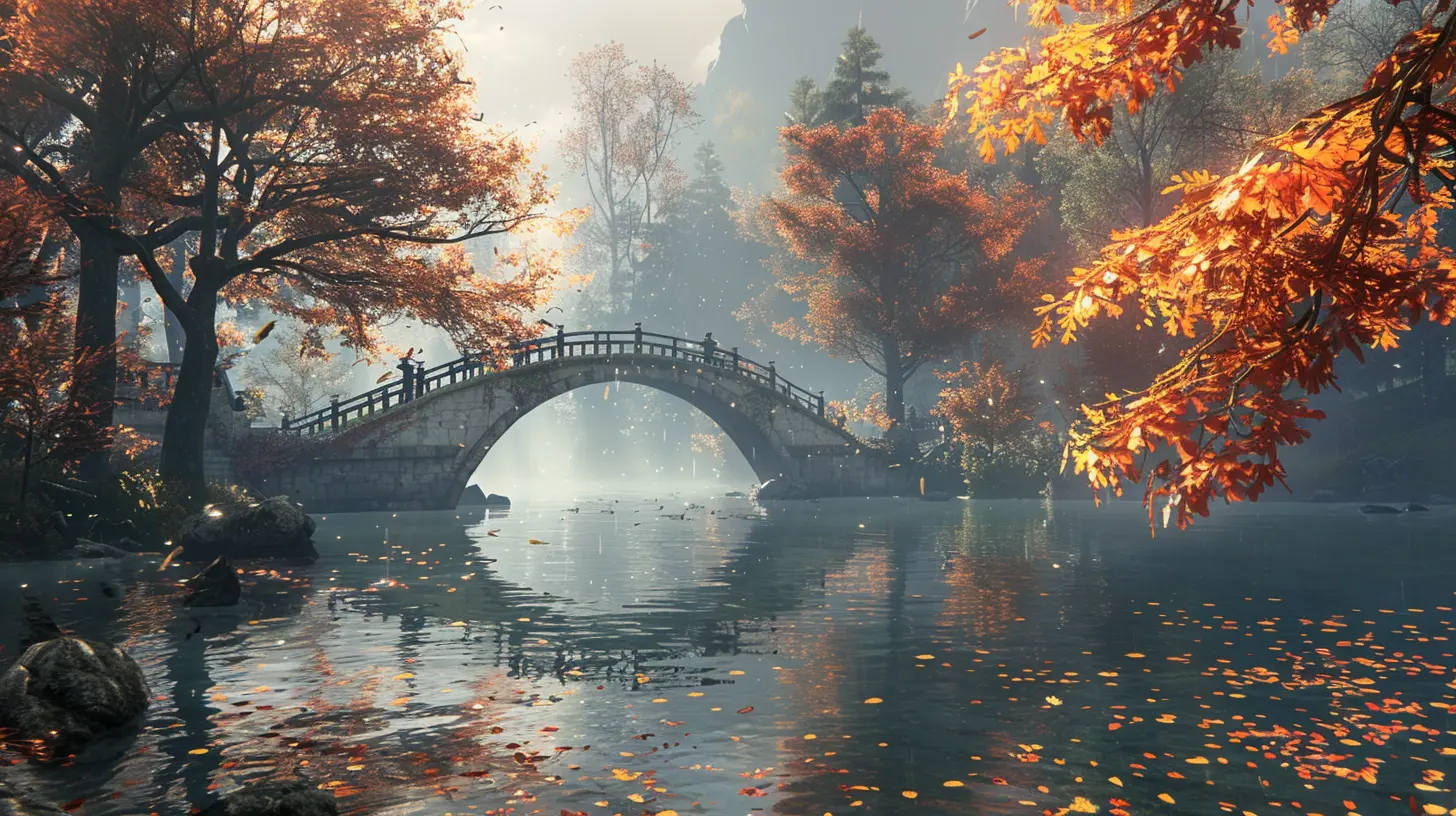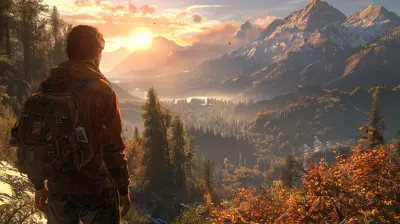24 April 2025
Open world games are like stepping into an alternate reality, a digital playground where you call the shots. They’ve carved out a unique space in the gaming industry, offering freedom, immersion, and endless possibilities. Whether you’re galloping through medieval landscapes, navigating post-apocalyptic wastelands, or scaling snowy mountain peaks, open world games promise an adventure like no other. But what makes them so captivating? How did they evolve into the sprawling masterpieces we know today? Let’s dive in, shall we?
What Even Are Open World Games?
Before we go any further, let’s break it down. Open world games are video games that drop you into vast, interconnected environments, allowing you the freedom to explore at your pace. Unlike linear games where you’re funneled from point A to point B, open world games hand you the keys and say, “Go wild!” You can take on story missions, tackle side quests, or just vibe in the world, soaking in every pixel of its beauty.Think of them as digital sandboxes. Instead of being told where to dig, you’re given a shovel and left to decide for yourself. Want to scale a mountain just to see what’s on the other side? Nobody’s stopping you. Fancy ignoring the main story to herd chickens in a small village? Knock yourself out. The flexibility they offer is their biggest draw.
Why Are Open World Games So Addictive?
You know that feeling when you step outside on a sunny day and realize you can go literally anywhere? That’s the vibe open world games capture. But what exactly hooks us in?1. Freedom of Choice
Open world games let you live on your terms. Wanna be the hero? Sure. Prefer to stir up some chaos and become the world’s biggest mischief-maker? Go for it. These games empower players to carve their own paths, creating a personal narrative that feels unique to you.2. Immersive Worlds
A good open world game doesn’t just feel like a game—it feels like a living, breathing universe. Day and night cycles, weather changes, bustling towns, and NPCs with their own routines make these worlds feel more real than ever. Games like Red Dead Redemption 2 and The Legend of Zelda: Breath of the Wild nail this on a whole other level. You could spend hours just wandering through their landscapes, soaking it all in.3. Never-Ending Content
Let’s face it—nobody likes to finish a game only to be left hanging. Open world games are packed to the brim with content. Between the side quests, collectibles, hidden secrets, and random encounters, there’s always something to do. They’re basically the gift that keeps on giving.
A Quick History Lesson
Open world games haven’t always been the massive, boundary-breaking titles we know today. Back in the day, technology simply wasn’t up to the task. But boy, have we come a long way.The Early Days
One of the earliest examples of an open world game was Elite (1984). It was a space trading game that gave players a galaxy to explore. Sure, the graphics were primitive, but it paved the way for what was to come.The '90s Evolution
Fast forward to the '90s, and iconic games like The Legend of Zelda: Ocarina of Time and Grand Theft Auto started experimenting with open-ended designs. They weren’t fully open world yet, but they gave players a tantalizing taste of freedom.Modern Marvels
Then came the big guns: The Elder Scrolls III: Morrowind, Fallout 3, and The Witcher 3: Wild Hunt. Each pushed boundaries, refining what open world gaming could be. Today, games like Cyberpunk 2077 and Horizon Forbidden West are redefining the genre with jaw-dropping visuals and cutting-edge technology.
Elements That Define Great Open World Games
Not all open world games are created equal. Some shine, while others feel like empty, lifeless maps slapped together without much thought. So what separates the good from the great?1. A Compelling World
The world needs to feel alive. Whether it’s bustling cities, serene forests, or hostile deserts, the environment should tell a story of its own. Players should feel like this world existed long before they arrived.2. Engaging Activities
Nobody wants a giant map that’s only fun to look at. Great open world games are packed with engaging activities—treasure hunts, puzzles, NPC interactions, and even random events that keep you on your toes.3. Freedom With Purpose
While freedom is important, it shouldn’t come at the expense of direction. Players need a sense of goals or objectives, even if they can choose when and how to tackle them.4. Dynamic Systems
Dynamic systems like weather, wildlife, and AI behavior make a game world feel unpredictable and real. In Far Cry 5, for example, you could be quietly fishing when, out of nowhere, a bear attacks you. Chaotic? Yes. Memorable? Absolutely.Must-Play Open World Games
Not sure where to start? Here’s a quick list of open world games you definitely don’t want to miss:- The Witcher 3: Wild Hunt: A sprawling fantasy world with rich storytelling and unforgettable characters.
- Red Dead Redemption 2: A masterclass in immersion set in the Old West.
- The Legend of Zelda: Breath of the Wild: An open world that truly encourages exploration and experimentation.
- Assassin’s Creed Odyssey: A historical epic set in ancient Greece.
- Minecraft: The ultimate sandbox where your creativity sets the limits.
The Future of Open World Games
The future of open world games looks brighter than ever. With advancements in AI, graphics, and world-building tools, developers have a larger canvas to play on. Imagine open world games powered by AI characters that remember your choices, worlds that adapt to your decisions, and entire ecosystems that react to your presence. Sounds wild, right? But that’s exactly where we’re headed.Games like Starfield are already teasing the next evolution of open world gaming, promising galaxies to explore. Virtual reality (VR) may also take open world gaming to the next level, blurring the line between digital and reality. The potential is limitless, and honestly, I can’t wait to see where we go next.
Wrapping It Up: Why We Love Open World Games
At their core, open world games celebrate the spirit of adventure. They speak to that primal urge we all have to explore, discover, and conquer the unknown. They let us live out fantasies we didn’t even know we had—whether it’s slaying dragons, becoming an outlaw, or just getting lost in a stunningly crafted world.So the next time you fire up an open world game, don’t just follow the markers on the map. Take a moment to wander off the beaten path. You never know what hidden gems you’ll stumble upon. After all, isn’t that what life (and gaming) is all about?


